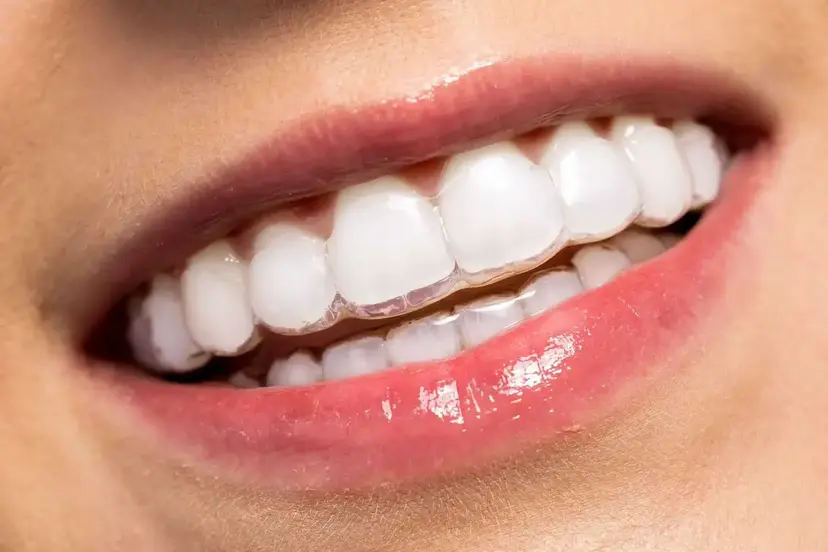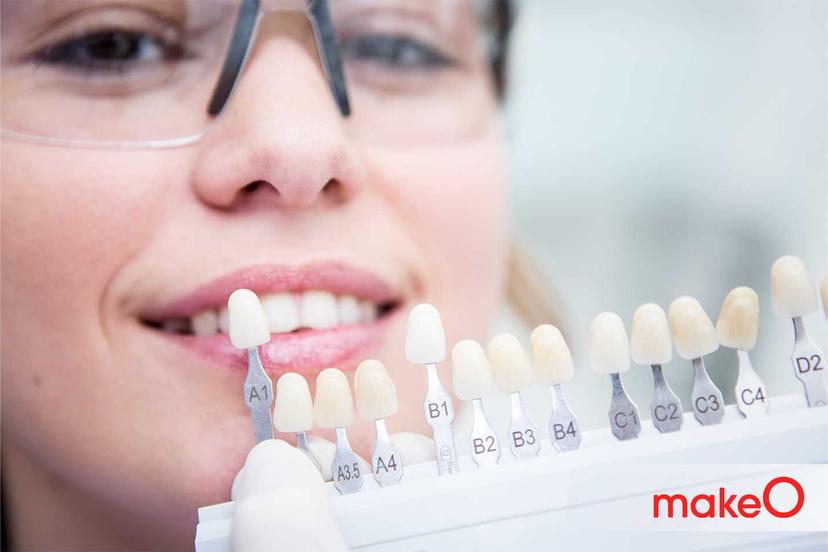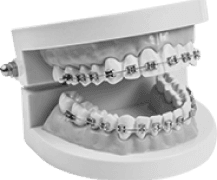MakeO blog
Taking care of your dental health is essential for a radiant smile and overall well-being. While many aspects of oral hygiene receive attention, one crucial component often goes unnoticed, which is dental retainers. These dental appliances play a crucial role in preserving the alignment of teeth following orthodontic treatment, such as braces. While the initial phase of braces corrects misalignment and bite issues, retainers ensure the long-term stability of teeth. In this article, we will look into the use of retainers, explore various retainer benefits for teeth, and provide practical tips on wearing and maintaining these dental aids.
How Do Retainers Work on Your Teeth?
Retainers are custom-made dental appliances created from clear plastic or wire. Their purpose is to maintain the corrected positions of teeth after orthodontic treatment. Without proper retention, teeth have a natural tendency to revert to their original misaligned positions. The retainers for teeth counteract this by providing a steady framework that allows the surrounding structures to adapt and settle into the new alignment.
There are two primary types of retainers: removable and fixed. Removable retainer, also known as temporary retainer, is often constructed from clear plastic, can be easily inserted, and removed. Fixed retainer, on the other hand, consists of thin wires bonded to the back of the teeth. Each type offers distinct advantages, with the choice dependent on the patient's specific requirements.
Benefits of Wearing Retainers for Your Teeth
Wearing dental retainers yields a variety of benefits that contribute to long-term oral health and a confident smile.
1. Maintain Alignment Results
Primarily, retainers help maintain the results achieved through orthodontic treatment by preventing teeth from shifting back to their original positions. This ensures that the invested time, effort, and financial resources do not go to waste.
2. Improved Bite
Retainers also promote improved bite alignment, averting potential issues such as temporomandibular joint disorder (TMJ) and excessive tooth wear. By preserving teeth in their corrected positions, retainers to straighten teeth facilitate proper chewing and speech patterns, reducing the likelihood of oral discomfort and speech impediments.
3. Improve Oral Hygiene
Furthermore, retainers enhance overall oral hygiene. Straight teeth are easier to clean, as they provide better access between teeth and gums. This reduces the accumulation of plaque, the risk of tooth decay, and the onset of gum disease, ultimately leading to improved oral health.
4. Protection Against Tongue Thrust
Tongue thrust is one of the reasons for having misaligned teeth as the tongue can put forward pressure while swallowing, speaking, or resting. Retainers help to safeguard your teeth alignment results against tongue thrust so you maintain your symmetrical smile for long.
5. Avoid Teeth Clenching
Wearing retainers can help you to avoid the habit of teeth clenching teeth which can lead to issues such as teeth grinding and headaches after you complete your orthodontic treatment.
6. Maintain Your Speech
You may require some time to adjust to the new alignment of your teeth while you speak and communicate. Retainers will assist you in speaking and getting used to the new position of your teeth.
Important Tips on Wearing and Caring for Retainers
To ensure the effectiveness and durability of your dental retainers, it is crucial to adhere to a few essential guidelines.
1. Consistency is the Key
Consistency is key in preserving the alignment of your teeth. Remove your retainers, whether it is day or night retainer, only when necessary, such as during meals or sporting activities, and promptly reinsert them afterward.
2. Clean Your Retainers Properly
Clean your retainers daily using a mild cleaning solution or retainer cleaning foam. Avoid hot water or harsh chemicals that may damage the retainer. You can use foamy aligner cleaning foam from makeO toothsi to thoroughly clean your retainers. Additionally, store your retainers in a protective case when not in use to prevent loss or damage.
3. Do Regular Check-ups
Regular dental check-ups remain crucial even after orthodontic treatment. Your orthodontist can monitor the progress of your teeth and make necessary adjustments to your retainer if required. If your retainer becomes damaged or uncomfortable, promptly contact your orthodontist to ensure optimal functionality.
Dental retainers play a vital role in maintaining the alignment and stability of teeth following orthodontic treatment. They offer an array of benefits of wearing retainers, including the preservation of treatment results, improved oral hygiene, and the prevention of bite alignment issues. By following proper care guidelines, you can ensure that your retainers serve you well for years to come.
FAQs
What does a dental retainer do?
A dental retainer serves the purpose of preserving the alignment of teeth post-orthodontic treatment, preventing them from reverting to their original positions and ensuring long-term stability.
How long do retainers stay on?
The duration for which retainers should be worn varies, depending on the individual and their specific orthodontic treatment. Generally, retainers are recommended to be worn for a few months to several years in order to maintain the desired alignment.
Are dental retainers expensive?
The cost of dental retainers can differ based on factors such as the type of retainer (removable or fixed) and the individual's unique requirements. While retainers do incur a cost, they are often viewed as a valuable investment for long-term oral health and the preservation of orthodontic treatment outcomes.
Can I use a retainer without braces?
Yes, a retainer can be used independently without braces. Retainers are utilised to uphold the alignment of teeth after prior orthodontic treatment or for minor corrections. However, it is crucial to seek guidance from an orthodontist to ascertain the most suitable approach and whether a retainer alone is sufficient.
related categories
Related articles

Types of Braces: Removable vs Fixed Braces, Which is Right For You?

This Diwali, Smile Bright With makeO Teeth Whitening Kit

Dr. Pravin Shetty: Pioneer in Lingual Orthodontics & Innovative Smile Solutions
How do I Know I’m the Right Candidate for makeO toothsi Teeth Aligners?

